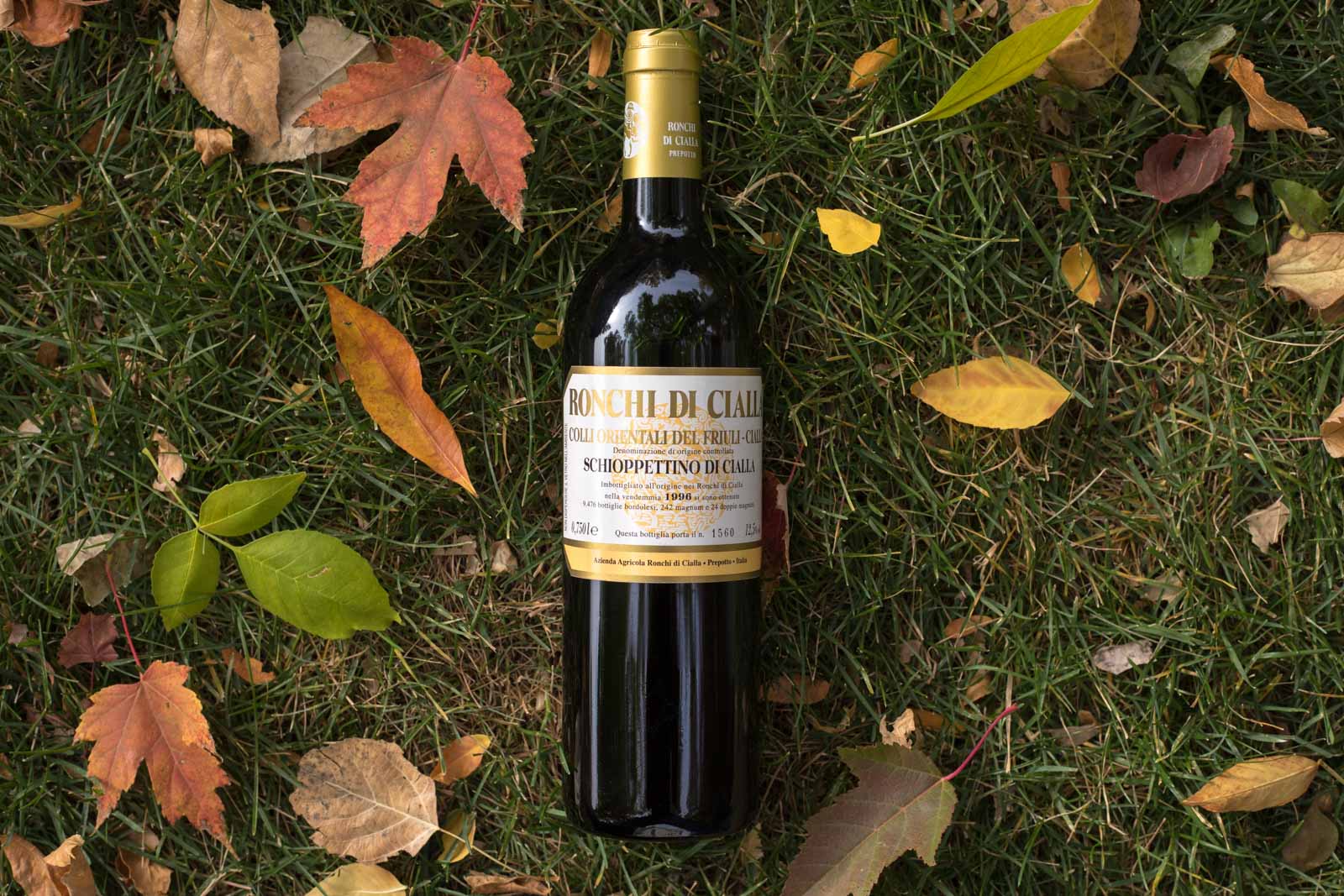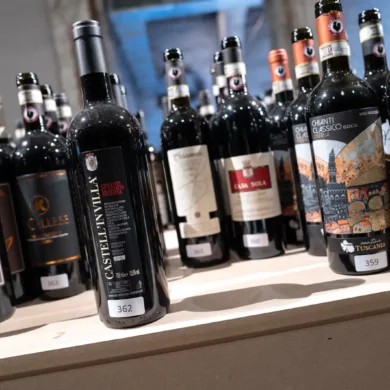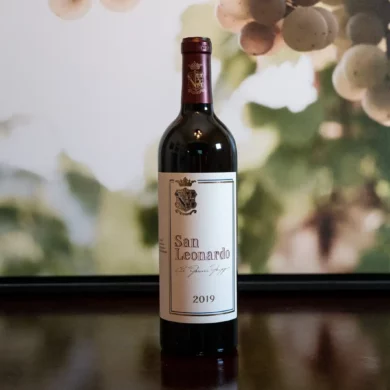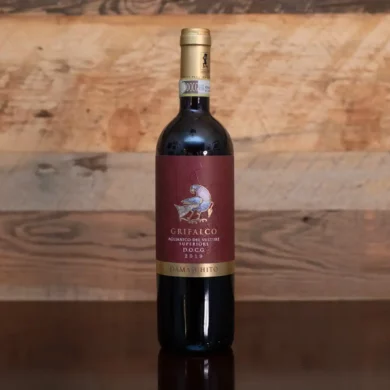Tasting an old wine can be simultaneously orienting and disorienting. For the former, it is a sure-fire way to see how wines from a certain grape — or a certain region, producer or vintage — evolve with time. It is the ultimate metric of what’s excellent and what’s merely good, for those wines that standout in their category can go ample distance.
But when you have a wine like this Schioppettino, that metric might be a little muddled. After all, there aren’t many Schioppettino on the market, let alone other examples from the 1990s to compare it to. So what exactly does one look for? It is safe to say that few people have experience tasting older vintages of this grape. I certainly don’t. So, one naturally shifts to another lane for comparison.
What is Schioppettino?
Limited to a sliver of Friuli — and nearly outlawed in the 1970s for some reason — Schioppettino is an odd bird that defies a lot of wine truisms. It’s grapes are huge, meaning there is a greater ratio of flesh to skin. Yet it can yield highly aromatic wines with a peppery note akin to Cabernet Franc or Syrah.
Secondly, it not only prefers a cool climate, it performs better in colder vintages within cooler climates. That’s certainly counterintuitive.
And lastly, its wondrous traits seem to be confined to the wines of Cialla, Prepotto and Albana — three Friulian villages with just the right amount of ventilation to keep Schioppettino happy (yet another trait: like a house cat, Schioppettino hates being wet).
The Taste
What was clear from Ronchi di Cialla’s 1996 vintage is that Schioppettino can age very nicely. Poured for my parents and my wife on Christmas Eve, it was a compelling conversation piece, with its dried cherry and prune-like aroma, as well as a leathery tenor than lent it character. Its smoothness of texture was also enticing. However, if anything was missing, it was energy. Compared to the few red wines I’ve had from the 1990s (mostly Barolo and Cabernet blends), the acidity didn’t quite cut as much, lending it a softer hand. This was hardly a flaw, nor was it a detriment to the wine, but it seemed to tell me that perhaps 15 to 20 years is a better window for Schioppettino. (Now for the hard part: procuring more examples to test this hypothesis).
Ronchi di Cialla is one of Friuli’s most essential producers. Everyone of the wines I have sampled from them is a standout in its category, including the recent 2019 vintage of Friulano. Owned and run by the Rapuzzi family, the estate is best know for saving Schioppettino, and this wine — not the Ribolla Nera, which is a synonym for Schioppettino but used by the estate for their younger vines — is considered by many to be the grape’s benchmark. I doubt you’ll find this exact vintage, so think of this as an invitation to seek out any version you can find, especially with 12 to 15 years of age. That’s likely the apogee for this wonderful, oddball grape.
1996 Ronchi di Cialla Colli Orientali dei Friuli Schioppettino di Cialla
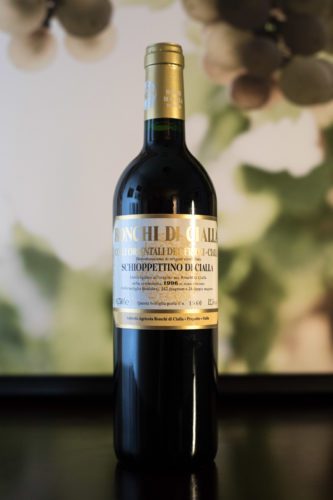
Colli Orientali dei Friuli DOC (Friuli-Venezia Giulia)
Grapes: Schioppettino (100%)
Alcohol: 12.5%
Rating: ★★★★ 3/4 (out of five)
Food-friendliness: Versatile
Value: Very Good
A beginner might like: You are not likely to come across this exact vintage of this wine, so let’s look at this in two parts. With young Schioppettino, the thrills come from its snappy texture and layered aromas of dark cherry, raspberries, roses and peppercorn. With this aged wine, those tones shift into a looser arrangement, more evocative of dried plums, dried violets and tanned leather. One is not superior to the other; they are just a different voice telling the same story.
A wine obsessive might like: For lovers of red Burgundy, Cabernet Franc and Nebbiolo, the wines from Friuli-Venezia Giulia’s Schioppettino can often strike the same chord as a coveted B-side track. Sure enough, this aged wine will remind aficionados of an aged Margaux or Chinon most, just because of the variety’s faded peppercorn-like aromas, and prune-like tones. However, given its low alcohol (12.5%), the energy of this 24-year-old was a little whiffed. I would probably prefer a Schioppettino in the 12- to 15-year drinking window.
Note: Ronchi di Cialla is practicing organic now, but I was not able to verify whether that was the case with in the 1996 vintage.

